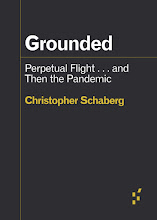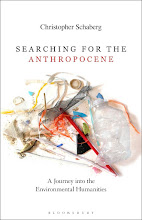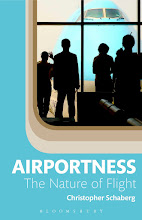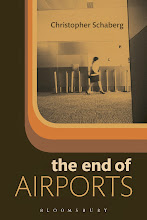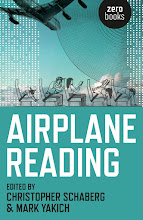dunes, clouds, trees...up in Michigan
I’ve been up in Michigan again this summer, spending a lot of time with my family, as well as getting out in the woods and fly fishing on my favorite lakes and streams. I’ve also been getting some work done.
I published a piece on careerism in college at Public Books—it’s part of a short book I’m
working on about liberal arts education. This year I am going to volunteer at
the small public school I graduated from in northern Michigan, offering guidance
and advice to juniors and seniors who are researching college options. Since I
graduated from high school, I’ve had experiences at four quite different institutions
around the country—as a student and as an instructor—and I hope I can help some
students in their searches for a good fit. I hope to learn about what high
school students think about college, and see how this accords (or not) with my
sense of liberal arts education in the early twenty-first century. If the
experience is interesting, I’ll write about it—maybe it will even become a part
of the book.
I wrote a review of Don DeLillo’s novel Zero K for 3:AM Magazine.
I wrote a piece for Inside Higher Ed on how scholars can use Twitter.
I revised a book chapter for a collection called Sweet Spots: Interstitial New Orleans.
The book should be out sometime next year from the University Press of
Mississippi, and my chapter is about Louis Armstrong International Airport as a specially liminal space.
I wrote an article for a transportation-themed issue of ISLE: Interdisciplinary Studies of
Literature and Environment. My contribution is, not surprisingly, on air
travel—but I’m moving in new directions that come out of my current book-in-progress, Airportness: The Nature of Flight.
I’m making good headway on Airportness and plan to deliver the final manuscript in
December. There’s still a lot to do, but I am at the point where I can visualize it in my mind—I can see the
shape of the whole book, and see how the pieces have to fit together. It’s a fun if also daunting part of the book assembly project: moving blocks of writing around, creating transitions, experimenting with formal flourishes and other structural details, and so on.
I’ll present a piece from Airportness at the Western
Literature Association conference in Big Sky, Montana, later this month. My paper is called
“Airportness in the West: Fame, Fantasy, Frontier.” I'm on a panel called Dispatches from the Post-West.
Meanwhile I’ve been reframing my “Up in Michigan” book
project, and I have focused it on broader issues of ‘place’ and the problems and
possibilities of landscape ecology in the age of the Anthropocene. I’ve honed a
fresh version of the proposal and hope to finish the book during the second
half of my sabbatical year (so, January through next summer). Reading Helen
Macdonald’s H Is for Hawk prompted me
to think creatively about how I can indulge in nature writing while also
critiquing it from the inside, as it were.
Lit Hub revealed a bunch of new book covers and titles
signed for our series Object Lessons. We’re about to enter an intense period of
serious manuscript editing, as we prepare to release a mega-batch of books in
the series in late 2017. If only I could have a bunch of my wonderful Loyola
students up here in Michigan, to help me with the series! (Luckily, I have a
couple dedicated students working with me from afar.)

















